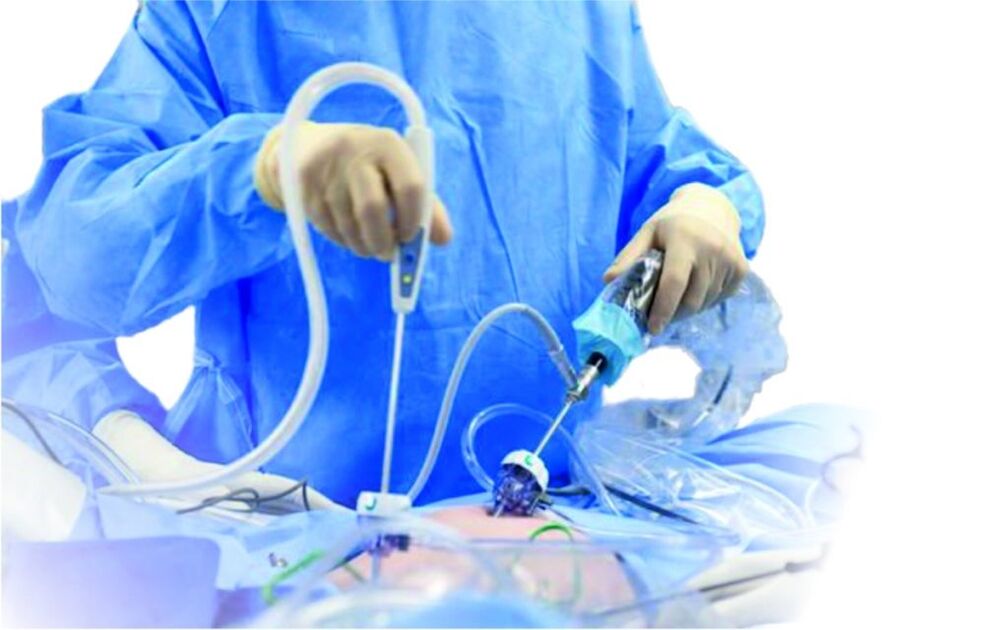Prostatitis is an inflammatory disease of the male prostate gland located directly under the bladder and is a secondary part of the genitals.
Everyone 7 people over 35 suffers from prostate, and with any naked risk of developing an inflammatory process in the prostate grows under the influence of external and internal factors.
Reason

Inflammation of the prostate gland can develop for various reasons, doctors differ from them:
Symptoms of prostatitis
Distinguish between the acute and chronic form of the disease.
Acute prostate is characterized by a sudden onset against the backdrop of general well -being, which is clinically associated with the following symptoms:
In the absence of diagnosis and timely treatment, acute prostatitis can be complicated by a purulent process and the release of pus from the urethra during urination.
Signs of chronic prostatitis
In the transition of the disease to a chronic form of the course, the clinical signs of prostatitis are descended and the patient appears to be a recovery. The characteristic features of the chronic inflammatory process in the prostate gland are burning along the urethra with radiation in the claws, which can be improved during urination and defecation. Gradually, the disease progresses and causes powerlessness. Chronic prostate means periods of forgiveness and deterioration, but also in times of irritation, the symptoms will be hidden, not as pronounced as in an acute form. The following symptoms appear clinically:
The slow chronic inflammatory process in the urethra is irritating to the pelvic nerve endings and provokes constant urination, especially at night. Many men are embarrassed to see a doctor with such a delicate problem that increases the risk of developing such serious complications as complete erectile dysfunction, infertility and even prostate cancer.
Moreover, from the focus of a chronic infection in a prostate with a blood flow and lymph, pathogens enter the kidneys, causing acute inflammation, urinary retention and increases the risk of kidney failure.
Continuous accumulation of urine in the bladder and urethra creates favorable conditions for the formation of salts crystals, and then stones - very often prostatitis in men continues in parallel with urolithiasis.
Diagnostic methods
Diagnosis, treatment and prevention of prostatitis is made by a doctor's urologist. To make a diagnosis, determine the form and cause of the inflammatory process in the prostate gland, a number of examinations are described:
If the pathological process is suspected of spreading the pathological process in the patient, the patient is also performed by cystoscopy - examination of the bladder walls using a flexible device equipped with an optical system at the bottom.
In the diagnosis of prostatitis, it is very important to distinguish the pathological process from prostate adenoma and other urological diseases with a similar clinical course.
Treatment

The treatment of acute and chronic prostatitis form changes, so patients are strongly recommended not to be spoiled.
Acute non -bacterial form of prostatitis is treated comprehensively using herbal preparations and anti -inflammatory drugs.
Treatment of acute bacterial prostatitis
The principles of therapy for the acute form of bacterial prostatitis depend directly on how pronounced the symptoms of the disease are.
A distinctive feature of bacterial prostate is the acute onset and the rapid increased signs of body intoxication - nausea, vomiting, headaches, high body temperature. The bladder emptying process is accompanied by cutting pain in the lower abdomen and perineum, which are given to the lower back. Very often the purulent process joins and the abscess develops.
Treatment of acute bacterial prostatitis is performed in a hospital, as the patient's condition can be extremely serious. The therapy consists of complex access:
Important! Prostate massage is strictly prohibited, as the risk of sepsis is high.
Surgical treatment
Surgical intervention for prostatitis is only required if the patient develops a sharp delay in the urine and has no way to empty the bladder. You cannot do without surgery and in the event of a prostate gland abscess.
The prostate treatment course lasts 14 days, after which the patient again performs a comprehensive examination to assess the effectiveness of therapy. If necessary, the course of treatment is extended and adjusted.
Chronic treatment
The treatment of chronic prostatitis varies and largely depends on which stage of the course is the pathological process. In case of deterioration of the inflammatory process, therapy is performed similarly, as in acute prostatitis.
Treatment of chronic prostatitis during forgiveness is as follows:
At the stage of remission of the inflammatory process of the prostate, the patient is shown physiotherapeutic treatment:
Surgical treatment of chronic prostatitis
With chronic neglected prostatitis, the patient sometimes needs surgery. Can be performed in two ways:
Reversion
This method of surgical treatment refers to minimum invasive interventions, although it is performed under general anesthesia. During the procedure, a resestoscope is inserted under the urethra, through which the pulses of the electric current are supplied. These electrical impulses act on the principle of an electrical noise and partially remove the tissue of the prostate gland. A large plus of this method of intervention is the lack of blood loss, as electric waves not only remove modified prostate tissue, but also treat blood vessels immediately, preventing bleeding.
Transurethral resection significantly relieves the patient's condition - after surgery, urination is restored, the man no longer burns in the claws, he is no longer thrown into the toilet at night. The erectile function and normal spill are also reset. The whole process of surgery is controlled by a doctor on the monitor screen, so the risk of complications during or immediately after it is minimal.
Prostatectomy

Prostatectomy is a serious abdominal surgery and is always associated with risks for the patient. During surgery, the doctor completely removes the prostate gland or most of it. The recovery period is 4-6 weeks, there is a high risk of developing post-operative complications, but sometimes this method of surgical intervention is the only way to relieve the patient's condition and eliminate the consequences of severe prostatitis.
Other methods of treatment of chronic prostatitis
Other methods of treatment of a chronic form of prostatitis include:
Consequences and complications
In the absence of qualified therapy, the prostate progresses quickly, goes into the chronic form of current and threatens a man's health with his serious complications, including:
Sometimes for a long time prostatitis and stagnant chronic processes give a impulse degeneration of the disease in adenoma, and then prostate cancer.

































